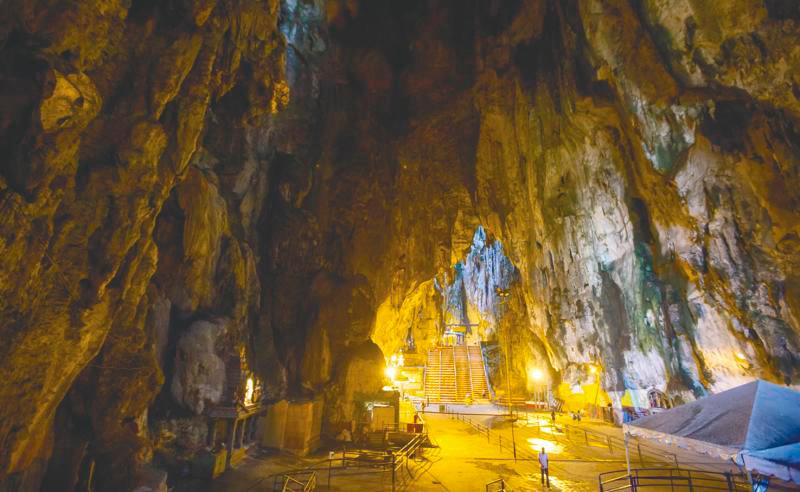WHEN it comes to caving in Malaysia, enthusiasts are surrounded by options, with numerous caverns to explore. Some are home to ecological treasures, while others are historic locations containing artifacts left by their former dwellers. Whatever type of cave you want to explore, there’s bound to be something for you. Here are seven caves in Malaysia that you should experience at least once in your lifetime.
Batu Caves, Kuala Lumpur
This cave is situated in the heart of the bustling town of Gombak, Selangor. This beautiful edifice serves as a tourist draw and a place of prayer for those of the Hindu faith. Batu Caves is mainly a limestone hill with three main caves and several smaller caves. The Cathedral Cave, with its 100m-high roof, houses multiple Hindu temples, and is the most renowned of all the caves. Directly below it lies the infamous Dark Cave, which is not open to the general public and is home to some unique and rare spider species. You may visit the Damai Caves in the north-eastern section of the region to go rock climbing and participate in a few other activities organised by tour companies.
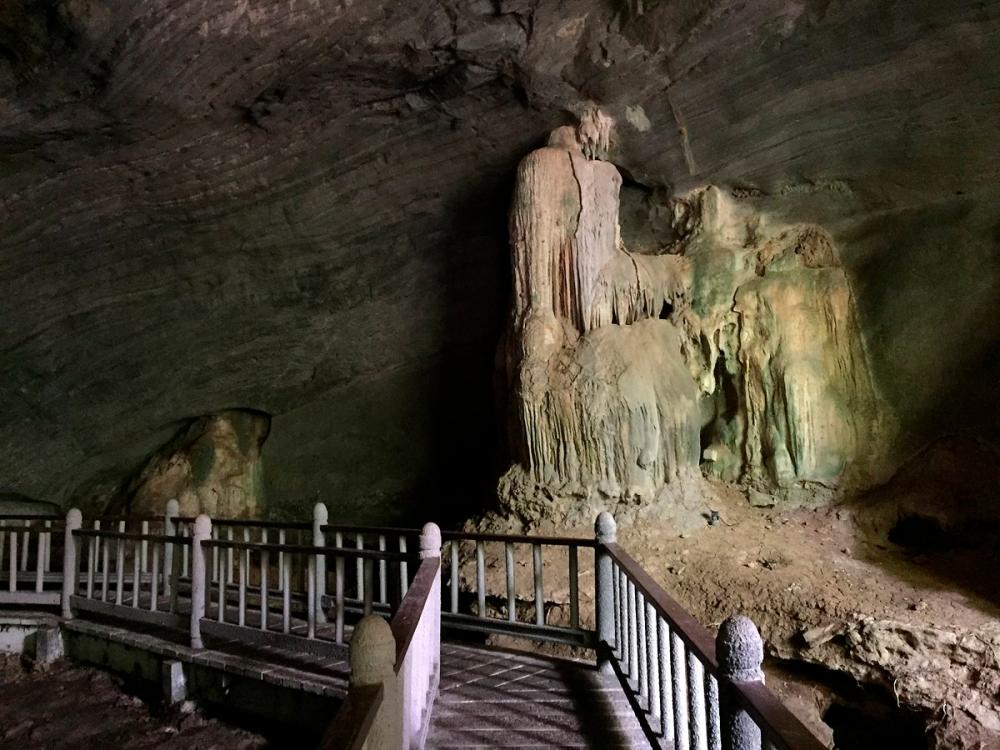
Gua Kelawar, Langkawi
The cave gets its name from the large population of Malaysian Fruit Bats that live inside. The cave is part of the Kilim Geoforest Park, and you may visit it as part of the Kilim Mangrove Tours. You will need to take a boat to go to the ‘bat cave’. The boat will drop you off at a port with a walkway that spans the mangroves. All you have to do is journey all the way across the bridge to reach the cave’s entrance. There, you will be greeted by the sight of hundreds of bats hanging from the cave ceiling. One important rule to follow is to not to shine any lights directly on the bats in order not to disturb these nocturnal creatures while they sleep.
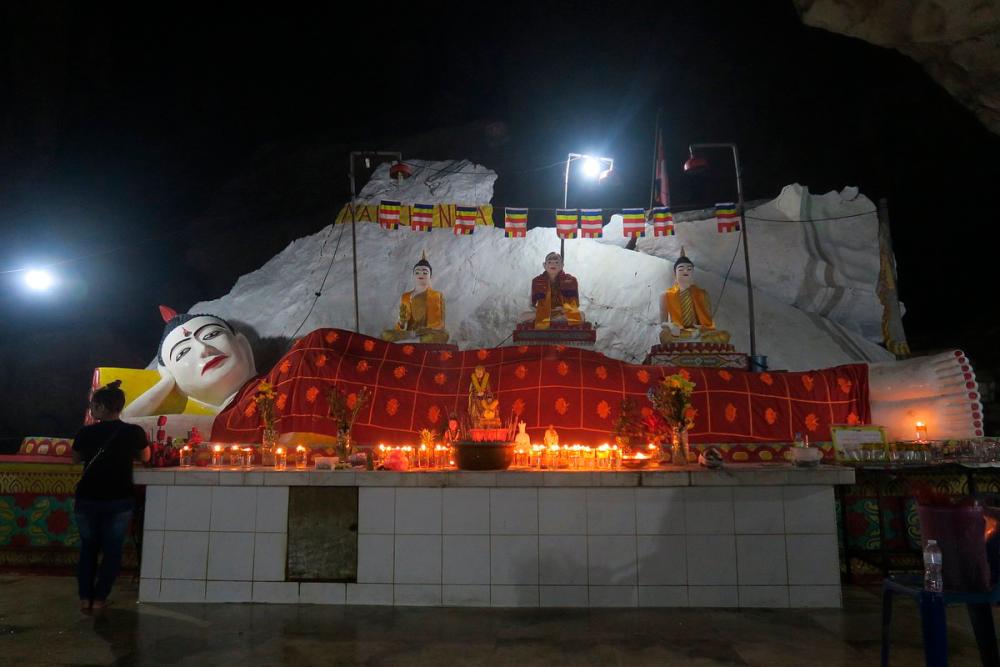
Gua Charas, Kuantan
Created million years ago, Gua Charas is a cave that bears immense religious significance for Hindu and Buddha worshippers. This monastery cave is found within the Bukit Charas limestone slope. Cave enthusiasts have measured the granite at a height of over 355 metres. It is peppered with various emblems and monuments. There is a sleeping Buddha image, as well as the Jala Lingam, which depicts the Hindu god Lord Shiva inside the cave. Gua Charas’s beautiful landscape and scenic surroundings makes it an essential destination, not just for religious reasons, but also for nature lovers. Aside from the main temple cave, you may also tour some additional open-sided caverns higher on the hill.
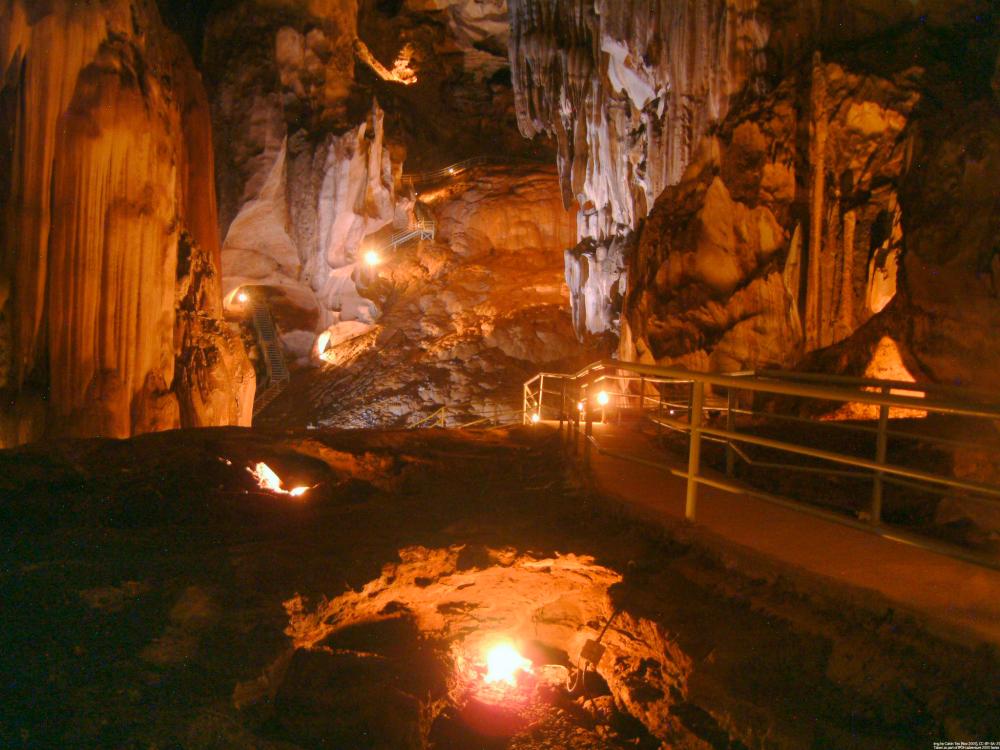
Gua Tempurung, Perak
This 4.5-kilometre-long cave, one of the biggest in Peninsular Malaysia, was previously a hiding spot for communist insurgents during the Malayan Emergency years (1948-1960). Because of the coconut shell-like shape of some of the ceiling caves, it was given the name ‘tempurung’. While marbles and other precious minerals like limestone are present in smaller numbers, limestone makes up the majority of Gua Tempurung. Only 1.9 kilometres of the cave are open to the public, and a portion of this distance has been transformed into a ‘display’ cave with steel fences, concrete trails, and electric illumination. You may also book a spelunking excursion with one of the many local tour operators, though, if the leisurely stroll along boardwalks is too traditional for your tastes.
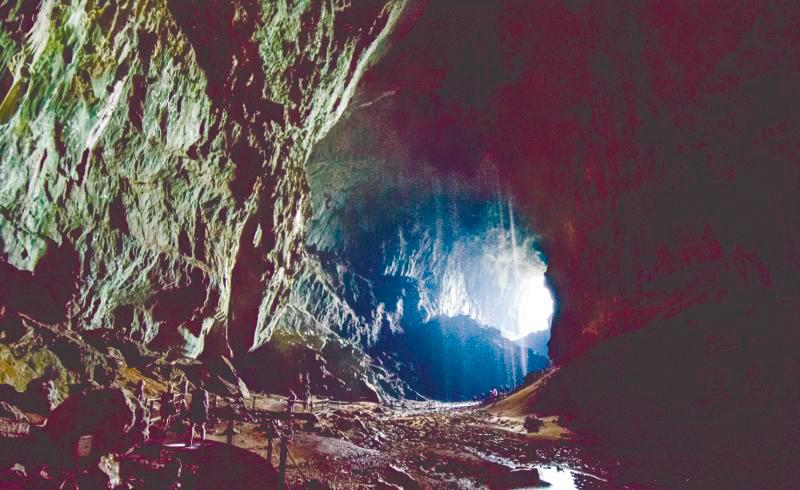
Gua Nasib Bagus, Sarawak
The largest naturally-occurring underground cave in the world is found in Sarawak’s Gunung Mulu National Park, which can only be reached by plane. The entrance cost to Gunung Mulu National Park is RM15 (adult) per person. The cave, whose name translates to “Good Luck Cave” in English, is also home to an enormous subterranean chamber known as Lubang Nasib Bagus, which measures over 600 metres long, 400 metres wide, and 100 metres high. According to some people, the cave is so enormous that it is able to accommodate up to 10 huge planes within its ample space. A subterranean stream is also accessible for a brief, restorative dip in the clear waters of this wonderful natural structure.



